DDE cultivators: varieties and instructions for use
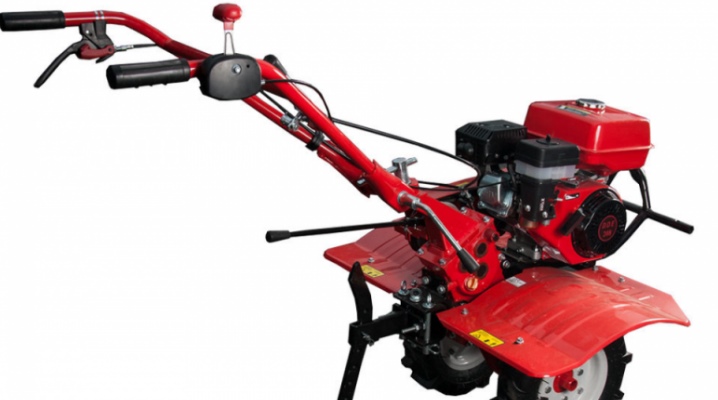
DDE (Dynamic Drive Equipment) is a brand that originated in the USA in 1965. Since the 2000s, the company has started to produce tools and equipment for the garden and vegetable garden. A small technique is useful for both amateur gardeners and farmers.
Peculiarities
DDE branded products have long been produced and serviced in many countries, such as China.
Thus, when buying a DDE cultivator, you will see in the documents: "US brand, made in China."
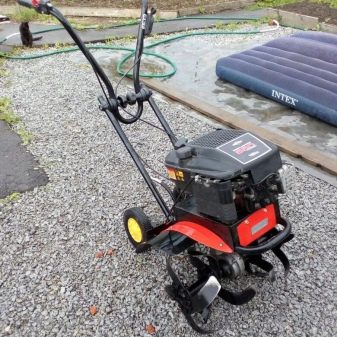
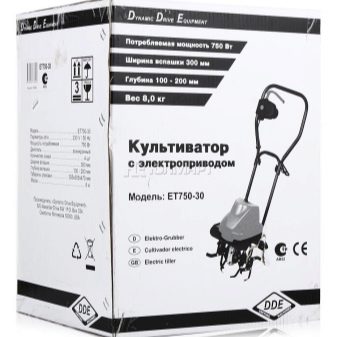
The question arises whether this is good for the buyer. Yes and no. Chinese products have the following features:
- it must comply with the quality standards of the country under whose brand it operates; whether this is really so, you can find out from customer reviews and various ratings of specialists;
- products are available in price - this is definitely so, because that is why we value Chinese products.
What is the difference from motoblocks?
To determine which model of DDE equipment is better to buy for cultivating your land, you need to understand why some models have the word "cultivator" in the name, and others - "walk-behind tractor". In everyday life, these words often become synonymous. But the difference lies in several characteristics.

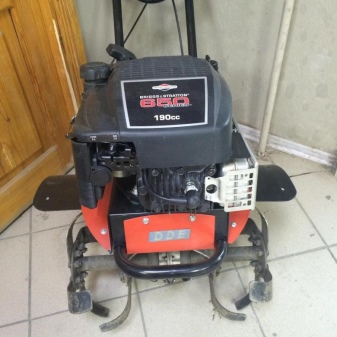
- Design features. The cultivator cultivates (loosens) the top layer of the earth, moves forward following the rotating cutter. With the help of nozzles, you can huddle, weed the aisles, dig out the crop. A walk-behind tractor is a technique that can independently move forward and backward due to the drive to the wheel shaft. With the help of attachments, he will not only loosen the ground, but also clear it of snow, mow the grass, sow and collect the crop, and transport it to a permanent storage place.
- Power. A petrol cultivator has a capacity of 1–6 liters. with., and for electric - up to 2.5 kW. The walk-behind tractor is a more powerful unit, since its power can vary from 6 to 13 liters. with.
- Productivity in working area processing. The cultivator can handle up to 20 hectares, and the walk-behind tractor - up to 5 hectares.
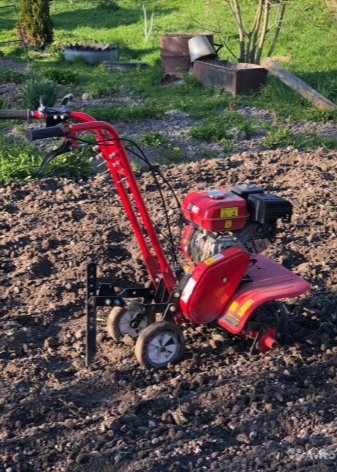
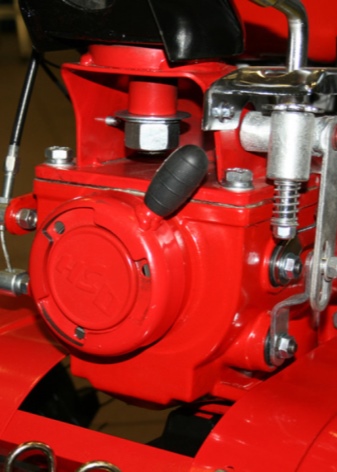
- Cutter width and ripping depth. A milling cutter can be placed on a motor-cultivator, which will cultivate the ground 15–90 cm wide. The walk-behind tractor is able to loosen the ground with a grip of 130 cm, and also, due to its own gravity and the weight of the attachments, will work the soil deeper.
- Travel speed. The cultivator is a device dependent on the cutter, the speed is low, and is capable of working in small areas. His opponent is an independent vehicle on wheels with high speed, and even adjustable up to 6 gears.
- Complexities of management. Both women and even adolescents are capable of driving a light cultivator. Its weight starts from 9 kg, due to its compactness it is not difficult to transport it. The walk-behind tractor is also called a mini-tractor. This technique can reach a weight of 70 kg due to attachments. Not everyone can manage and carry such a unit around the garden.
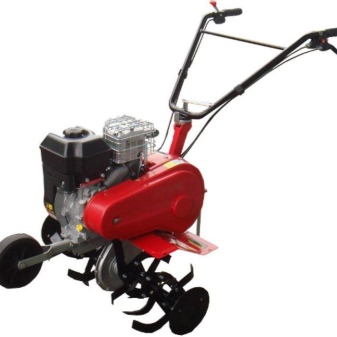
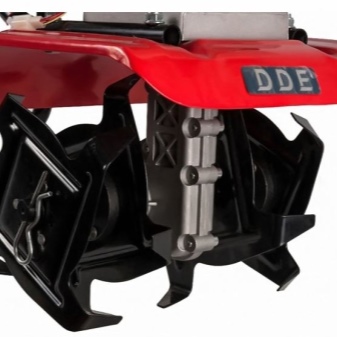
- Type of fuel. The cultivator can be electric, battery or gasoline. The walk-behind tractor is filled with gasoline or diesel fuel, and it can also be powered by an electric drive. On large areas, only a gasoline or diesel unit can be used.
- Profitability. Experts say that maintenance, purchase of spare parts and repair of a walk-behind tractor will require much more investment.In addition, a petrol or diesel heavy mini tractor will require more fuel.
- The cultivator will benefit in value due to its lightness, weak power, easy control. Reliability will determine not only the build quality, but also the owner's attitude to his equipment. There is no definite answer to this question. But, nevertheless, diesel motoblocks are considered potentially the most reliable.
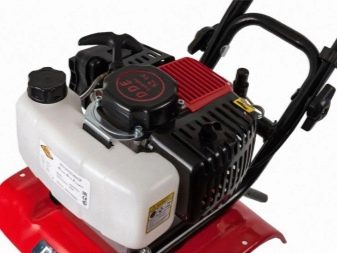
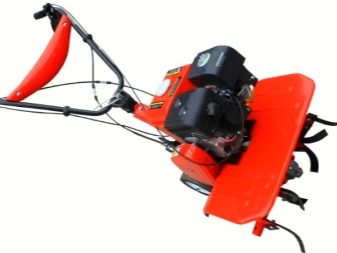
Diversity
All types of cultivators can be divided into three categories, such as:
- lightweight (electric and gasoline);
- medium (electric and gasoline);
- heavy (gasoline and diesel).
Professionals and amateurs have compiled a large number of ratings: cultivators of all manufacturers, only Chinese equipment, motor cultivators of the DDE trademark.

DDE offers the following series of cultivators and motoblocks:
- "Elf";
- "Mole";
- "Dwarf";
- "Centaur";
- "Mustang";
- "Bucephalus";
- The Hobbit.
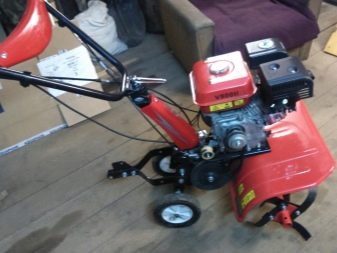
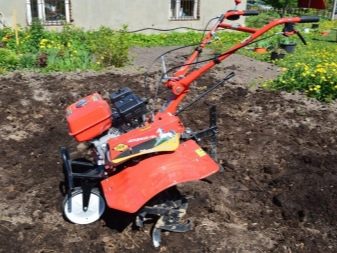
ET1200-40
The lightweight electric cultivator DDE ET1200-40 was ranked second in its group in the ranking of the world's best manufacturers. It was created for subsidiary and farming.
A distinctive feature is low weight (12 kg) and dimensions, high maneuverability.
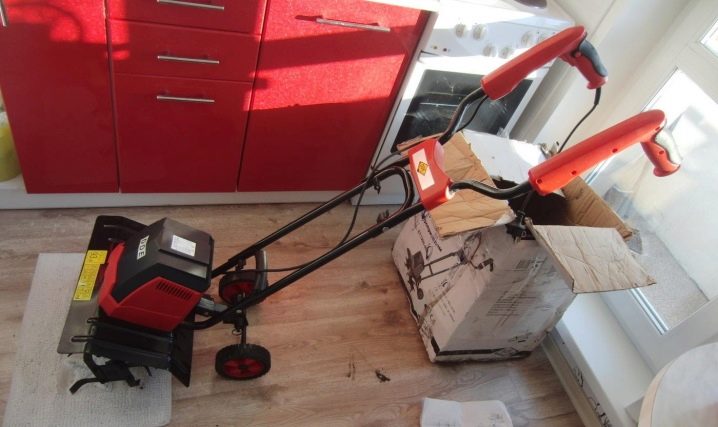
This unit was designed for small, uneven, narrow areas. There are many women and retirees among the users who say that the unit is quite easy to operate.
Among the negative reviews, the following are worth noting:
- because of his lightness, he cannot cope with the virgin land (but he was not intended for this);
- can only be used for garden work;
- ill-conceived hollow handles are very impractical;
- short wire.
The electric motor frees you from buying gasoline, but it does not imply a long work. Although some users write that they work for 5-6 hours (this is a lot for an electric cultivator). Buyers warn that in the scorching sun, the unit heats up quickly and the engine stalls.
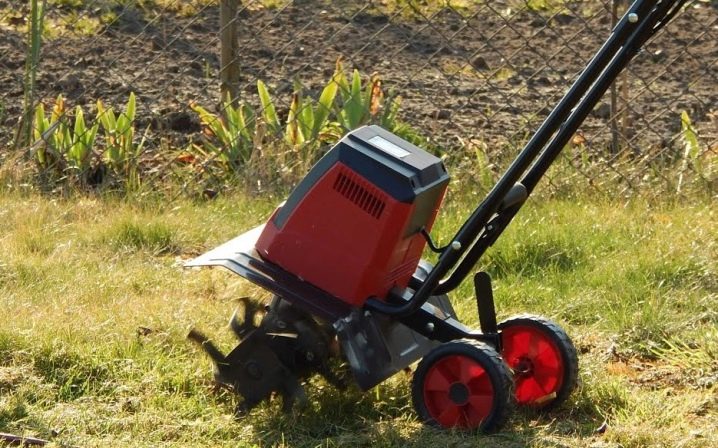
ET750-30
Another lightweight electric cultivator is the DDE ET750-30. In terms of characteristics, it is similar to the ET1200-40. The width of the tillage is 30 cm. The set includes 4 cutters. Weighing only 8 kg, it is very compact. Mobility is limited only by the electrical cord.
The buyers really liked the ease of assembly and configuration, the available instructions. And I didn’t like the fact that the cutter throws soil on the sides when working. In this regard, they even express wishes to the manufacturer: to reduce the rotational speed of the cutter, which will allow to cultivate heavier soil and reduce the throwing of the soil to the side. And also users suggest making a folding handle.
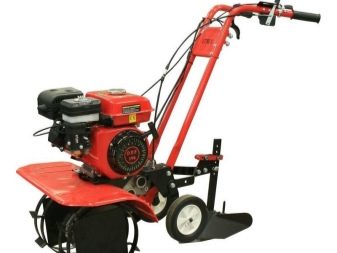
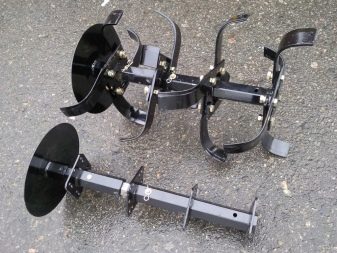
V380 II "Elf" 32630
DDE V380 II "Elf" 32630 with a capacity of 3.5 liters belongs to the light class, but to the gasoline group. with. The American four-stroke engine was especially appreciated by buyers. The cultivator is heavier than its electric counterpart (32.5 kg), which allows deeper cultivation of the soil with a minimum of weights. The package includes a set of cutters, opener, transport wheels, keys and instructions.
Additionally, you can purchase lugs for weighting, a hitch and a hiller, which can be purchased in a set specially for the "Elf".
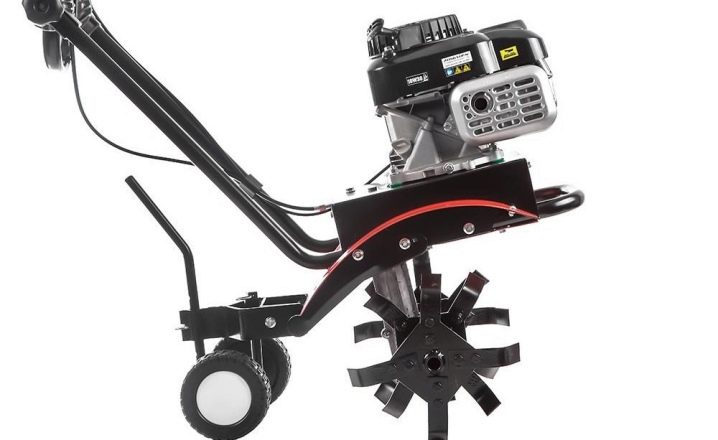
Customers are very happy with Elf. A maneuverable, rather powerful unit with attachments is the very thing you need for your home. Someone faced the problem of the short life of the throttle grip. But the service center was able to help with the replacement without any problems.
V380 II - 2s "Gnome"
Another petrol cultivator - DDE V380 II - 2s "Gnome" (TG-35-2s). This is a great solution for greenhouse work. The unit is equipped with a 2.5 liter single-cylinder two-stroke DDE 52 engine. with. Those who purchased this technique write that the "Gnome" has a powerful engine, but it has a worm gear made of aluminum. The result is a breakdown of the gearbox. Replacement will cost half the cost of the cultivator. It is difficult to say whether such a breakdown is an isolated case. Other buyers also write about the unreliable operation of the gearbox and carburetor.At the same time, many have been using the cultivator for several years and are satisfied with its work.
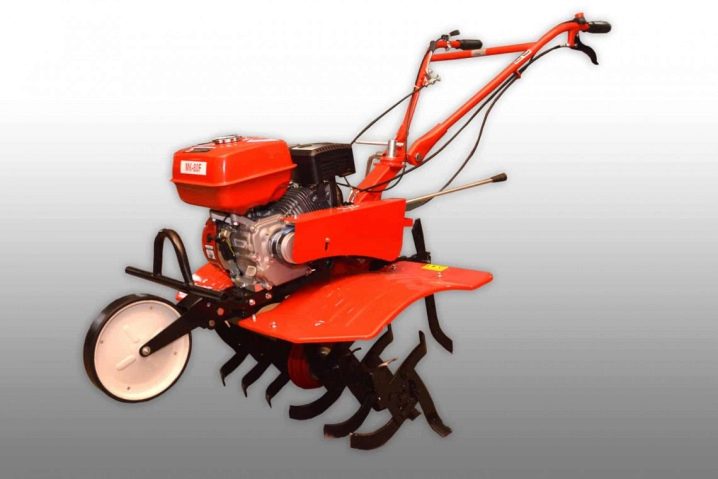
TG-80BN
Another assistant in the subsidiary farm - DDE TG-80BN. It runs on gasoline, has a four-stroke engine with a capacity of 7 liters. with. Two speeds (forward and backward) will help to ease the exit and contribute to better maneuverability. The plowing depth is 15–35 cm, the working width is 95 cm, which allows cultivating arable land before sowing with an area of up to 25 m². The advantages of this unit include a powerful engine manufactured under license from Honda, the ability to change the plowing depth. The right and left handlebars are conveniently located for long-term work on difficult soils without fatigue.
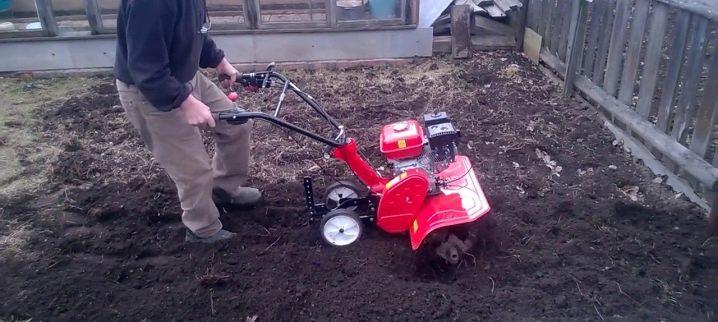
Exploitation
According to the old tradition, many of us like to first try the technique in practice, and only then read the instructions. But technology doesn't like this attitude. Therefore, even the buyers of motor-cultivators themselves write in the reviews that before starting work, read the instructions so as not to ruin the unit ahead of time.
The fundamental difference in the operation of electric and gasoline cultivators is the impossibility of using electrical equipment in wet conditions (in the rain), as well as its long-term operation without interruption.


Otherwise, the following general safety rules apply:
- be able to read the symbol stickers on the machine;
- work in protective glasses and headphones;
- keep people (including children) away from the danger area during work;
- keep your hands and feet away from cutting equipment;
- wait for the unit to come to a complete stop and cool down after shutdown before starting cleaning, repairs or maintenance;
- before starting work, learn how to stop the device;
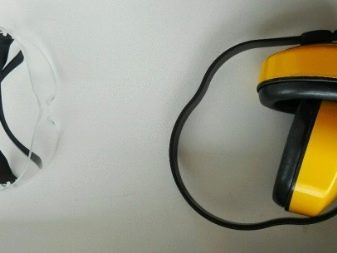

- motor cultivators are not designed to work on steep (more than 10 degrees) slopes;
- do not work in poor lighting;
- do not use the unit while under the influence of medicines, narcotic substances, alcohol;
- for work, choose tight-fitting clothes, hide your hair under a hat; choose comfortable closed shoes, preferably with thick soles;
- before starting operation, check if the nuts and bolts are tightened;
- do not overload the device - the instructions of some electric cultivators indicate that the unit should be turned off for 40 minutes after 20 minutes of operation.
You can watch the DDE cultivator at work in the video below.



































































The comment was sent successfully.